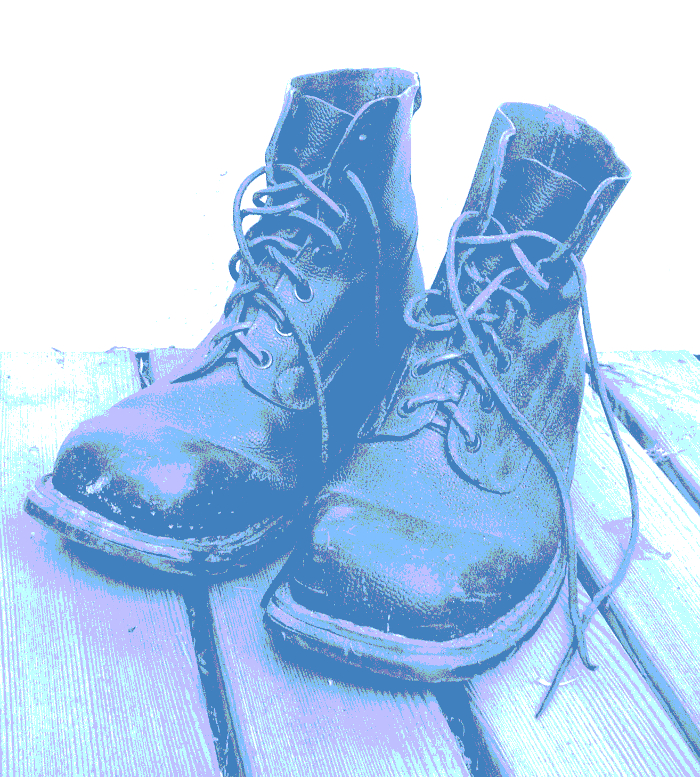Solders shift in Army shake up
 Defence Minister Richard Marles has announced a major reshuffle of the Army.
Defence Minister Richard Marles has announced a major reshuffle of the Army.
The primary objective is to align the Army's focus with missions in waters near Pacific shorelines, recognising potential future conflicts involving adversaries like China.
Starting from 2025, this transformation will see the relocation of approximately 800 army personnel from Adelaide, with most heading to Townsville, about 200 to Brisbane, and approximately 100 to Darwin.
As part of the Defense Strategic Review (DSR) response, two combat units in Adelaide will be disbanded.
By 2025, Townsville will host all of the Army's heavy armour and half of its helicopter assets.
The 3rd Brigade in Townsville will evolve into the Army's exclusive heavy combat formation, with an addition of up to 500 personnel.
Adelaide will experience a temporary decrease in Army numbers, but the return to current levels is expected. This is due to the re-raising of the 10th Brigade, which will focus on hosting Long-Range Strike (HIMARS) and National Advanced Surface-to-Air Missile System (NASAMS) capabilities, aligning with the DSR's recommendations.
The 1st Armoured Regiment will shift its role to become an innovation and experimentation unit, tasked with delivering and integrating emerging technologies. However, it will remain in its current South Australian location, benefiting from proximity to training ranges and space sector partners.
Darwin's 5th Battalion will merge with Adelaide's 7th Battalion to form the 5th/7th Battalion, the Royal Australian Regiment, based in Darwin. Fortunately, few personnel will need to relocate.
The Army restructuring will result in four main formations:
1. 1st Brigade (Darwin) - A light combat brigade
2. 3rd Brigade (Townsville) - An armoured combat brigade
3. 7th Brigade (Brisbane) - A motorised combat brigade
4. 10th Brigade (Adelaide) - To be raised as a fires brigade.
Ultimately, Townsville will become the hub for all of the Army's tanks, Boxer Combat Reconnaissance Vehicles, Redback Infantry Fighting Vehicles, Huntsman self-propelled howitzers, Apache and Chinook helicopter fleets.
Defence Minister Richard Marles says the changes come in response to the recommendations of the Defense Strategic Review, aimed at safeguarding peace, security, and prosperity in the region.
The Albanese government anticipates that this restructuring will make the Army “fit to fight”, as it aligns with the DSR's vision of being optimised for operations by sea, land, and air from Australia, with enhanced long-range abilities.
Marles notes that this concentration of people and capabilities in Australia's north would facilitate deployment for training, major exercises, and support to regional partners and allies.







 Print
Print